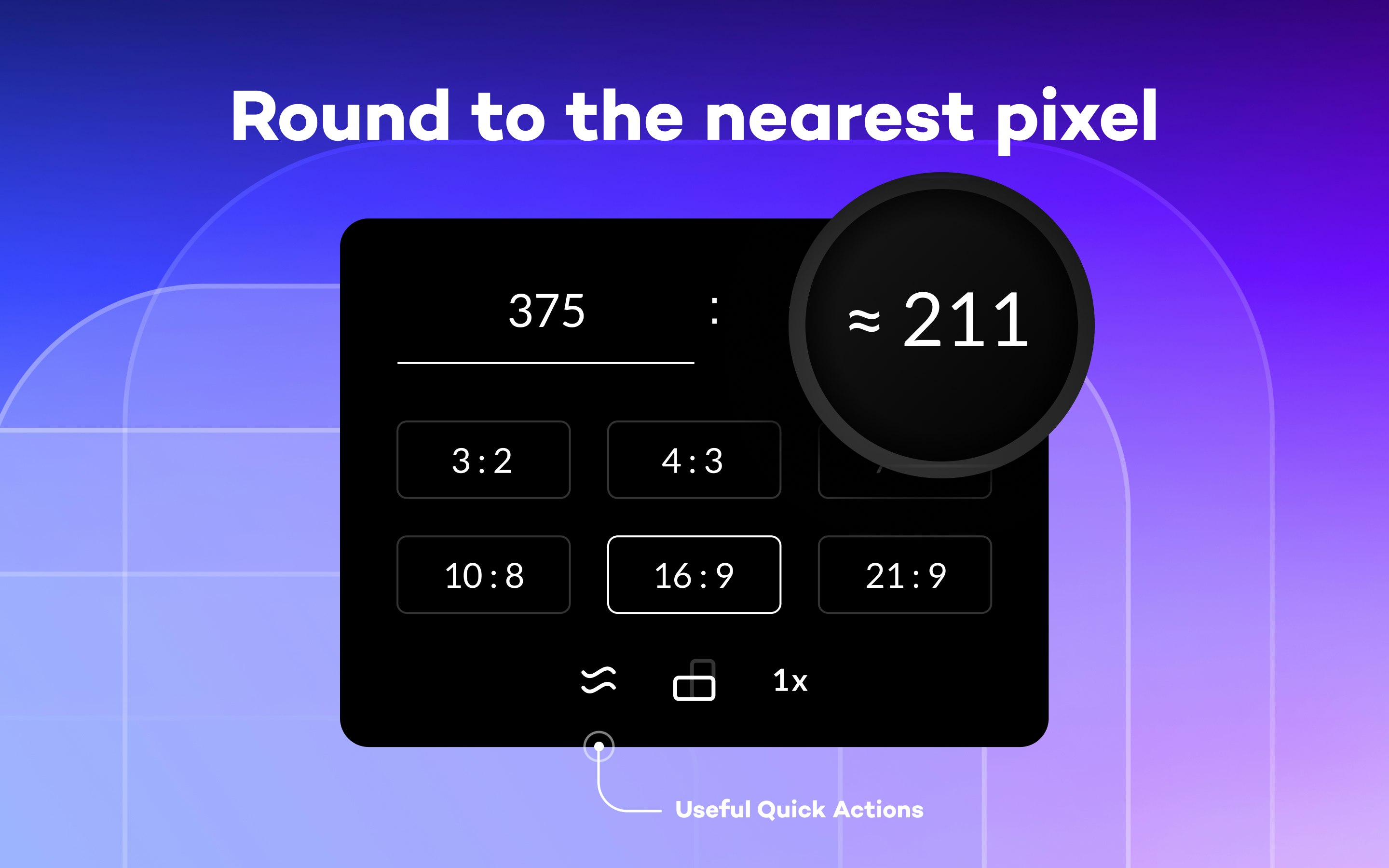
The universal standard (established by William Dickson and Thomas Edison in 1892) is a frame that is four perforations high. In motion picture formats, the physical size of the film area between the sprocket perforations determines the image's size. With television, DVD and Blu-ray Disc, converting formats of unequal ratios is achieved by enlarging the original image to fill the receiving format's display area and cutting off any excess picture information ( zooming and cropping), by adding horizontal mattes ( letterboxing) or vertical mattes ( pillarboxing) to retain the original format's aspect ratio, by stretching (hence distorting) the image to fill the receiving format's ratio, or by scaling by different factors in both directions, possibly scaling by a different factor in the center and at the edges (as in Wide Zoom mode). Other aspect ratios, such as 5:3, 5:4, and 1:1 (square format), are used in photography as well, particularly in medium format and large format. In still camera photography, the most common aspect ratios are 4:3, 3:2, and more recently found in consumer cameras, 16:9. Other cinema and video aspect ratios exist, but are used infrequently. 7:1), universal for high-definition television and European digital television. 3:1), the universal video format of the 20th century, and 16:9 (1.

Two common videographic aspect ratios are 4:3 (1. The most common aspect ratios used today in the presentation of films in cinemas are 1.85:1 and 2.39:1. 8 Previous and currently used aspect ratios.5 Obtaining height, width, and area of the screen.


 0 kommentar(er)
0 kommentar(er)
